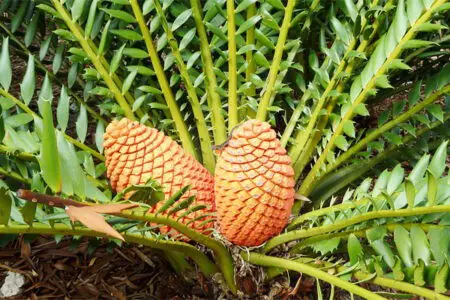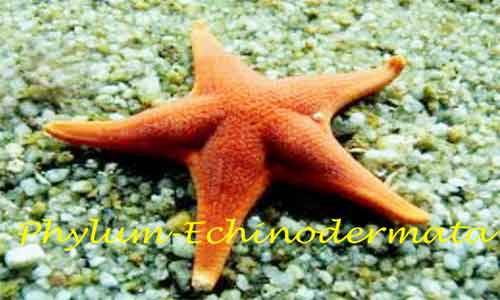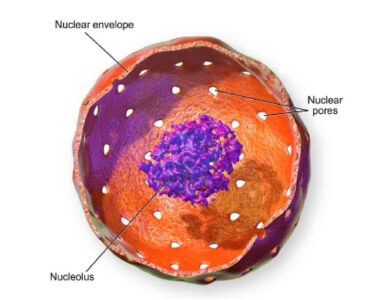Blood Coagulation
Blood is a fluid connective tissue which is an essential component in the human body. If the body losses this fluid, it may cause life threatening. Through the clotting mechanism, the body defends against loss of blood. In this case, different coagulation factors, vascular mechanisms, thrombocytes, enzymes, prostaglandins and proteins play important role to clot … Read more





